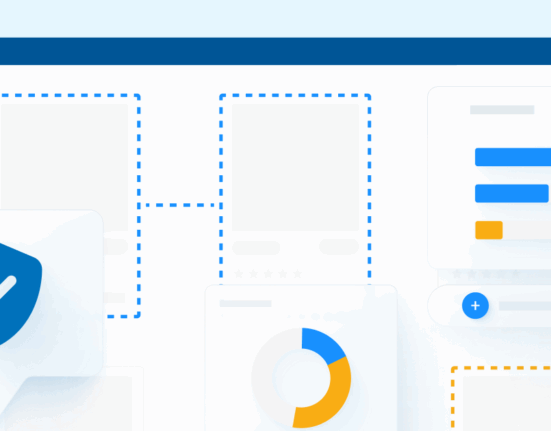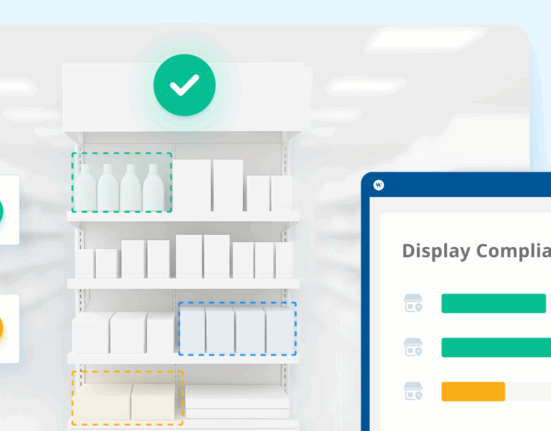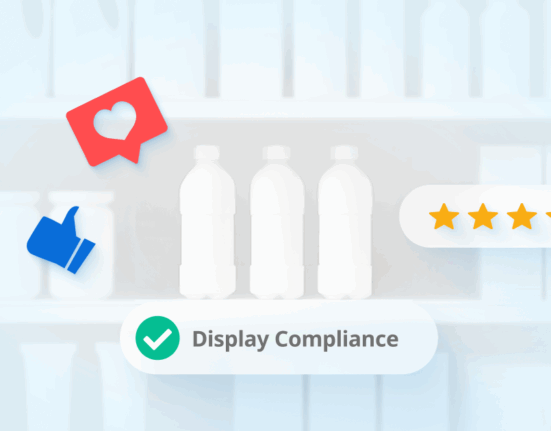In the ever-evolving landscape of e-commerce, brands must adapt to the unique challenges and opportunities presented by the digital shelf. One of the most critical aspects of maintaining a successful online presence is ensuring product availability. When products go out of stock (OOS), it affects everything from being found by consumers to ultimately making a sale. In this article, we’ll explore the importance of product availability, the detrimental effects of OOS situations, and three detailed action items to prevent OOS. Additionally, we’ll highlight how digital shelf analytics tools like Wiser’s Digital Shelf Intelligence can provide the alerts needed to address OOS promptly.
The Digital Shelf: A Competitive Arena
The digital shelf refers to the online representation of products across various e-commerce platforms. Just as a physical store shelf needs to be well-stocked and organized to attract customers, the digital shelf must be managed meticulously. When customers search for products, they expect to find what they need quickly and efficiently. Product availability plays a crucial role in this process.
The Consequences of Out-of-Stock (OOS) Situations
Out-of-stock situations can have a ripple effect on a brand’s overall performance on the digital shelf. Here are some of the key ways OOS can hurt your brand:
- Decreased Visibility: E-commerce algorithms prioritize in-stock items. When a product is OOS, it can drop in search rankings, making it less likely to be seen by potential buyers. This reduced visibility can significantly impact sales, as consumers often don’t look beyond the first few search results.
- Lost Sales: The most immediate and obvious consequence of OOS is lost sales. When customers can’t find the product they’re looking for, they are likely to purchase from a competitor. This not only results in lost revenue but can also drive long-term customer loyalty away from your brand.
- Damaged Brand Reputation: Consistently being out of stock can harm your brand’s reputation. Customers may perceive your brand as unreliable or poorly managed, which can lead to negative reviews and decreased customer trust.
Action Items to Prevent OOS
Preventing OOS situations requires a proactive approach. Here are three detailed action items to help ensure your products remain available on the digital shelf:
1. Implement Robust Inventory Management Systems
Effective inventory management is the cornerstone of preventing OOS situations. Utilize advanced inventory management software that provides real-time updates on stock levels. This allows you to anticipate low stock levels and reorder products before they run out. Additionally, consider integrating your inventory management system with your e-commerce platforms to automate stock level updates and avoid discrepancies.
Key Steps:
- Conduct regular inventory audits to ensure accuracy.
- Use demand forecasting tools to predict future sales and adjust inventory levels accordingly.
- Set up automated reorder points to trigger purchase orders when stock levels reach a predetermined threshold.
2. Leverage Data Analytics for Demand Planning
Data analytics can provide valuable insights into consumer behavior and demand patterns. By analyzing historical sales data, market trends, and seasonal fluctuations, you can make informed decisions about inventory levels. This helps in anticipating demand surges and ensures that you have sufficient stock to meet customer needs.
Key Steps:
- Collect and analyze sales data to identify trends and patterns.
- Use predictive analytics to forecast future demand and adjust inventory accordingly.
- Monitor external factors such as market trends and competitor activity to refine demand planning.
3. Enhance Supplier Relationships and Diversify Supply Chain
Building strong relationships with suppliers is crucial for maintaining consistent product availability. Reliable suppliers can provide timely deliveries and accommodate sudden increases in demand. Additionally, diversifying your supply chain can reduce the risk of OOS situations caused by supplier issues.
Key Steps:
- Establish clear communication channels with suppliers to ensure timely updates on production and delivery schedules.
- Negotiate flexible terms with suppliers to accommodate fluctuations in demand.
- Identify and onboard alternative suppliers to mitigate risks associated with relying on a single source.
Harnessing the Power of Digital Shelf Analytics
In today’s digital age, leveraging technology is essential for staying ahead of the competition. Digital shelf analytics tools, such as Wiser’s Digital Shelf Intelligence product, offer powerful solutions for managing product availability. These tools provide real-time insights into your product performance across various e-commerce platforms.
Wiser’s Digital Shelf Intelligence can alert you immediately when products go out of stock. These timely alerts enable you to take swift action to rectify the situation, whether it’s by reordering stock, adjusting listings, or implementing promotional strategies to drive traffic to alternative products. By staying informed and responsive, you can minimize the impact of OOS situations and maintain a strong presence on the digital shelf.
Key Benefits of Wiser’s Digital Shelf Intelligence:
- Real-Time Alerts: Receive instant notifications when products go out of stock, allowing for quick response and resolution.
- Comprehensive Analytics: Gain insights into product performance, visibility, and competitive positioning.
- Automated Reporting: Access detailed reports that highlight trends, issues, and opportunities for improvement.
Conclusion
Product availability is a critical factor in the success of any brand on the digital shelf. Out-of-stock situations can lead to decreased visibility, lost sales, and a damaged brand reputation. By implementing robust inventory management systems, leveraging data analytics for demand planning, and enhancing supplier relationships, brands can proactively prevent OOS situations. Additionally, utilizing digital shelf analytics tools like Wiser’s Digital Shelf Intelligence can provide the real-time alerts and insights needed to maintain optimal product availability. By prioritizing product availability, brands can enhance their online presence, drive sales, and build long-term customer loyalty.
In the competitive arena of the digital shelf, ensuring that your products are always available is not just a necessity—it’s a strategic advantage.









